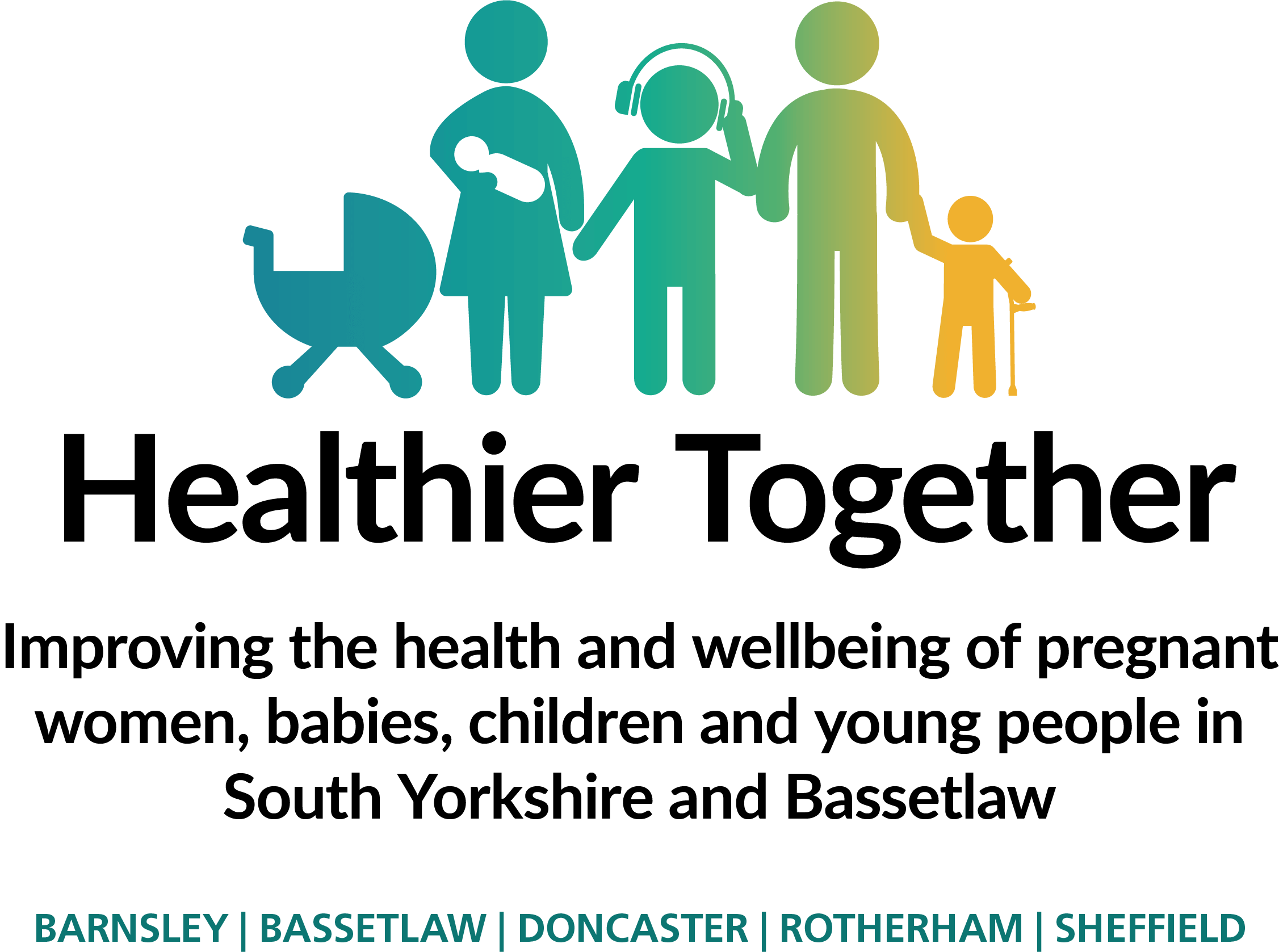Saving this page to a PDF file.
Chrome
Step 1: Click the "Print this page" button. Alternatively, press Ctrl + P (on Mac, use Cmd + P)
Step 2: In the resulting pop-up window, click the Down Arrow to the right of Destination and select Save As PDF in the drop-down menu. You can also optionally choose to hide 'Headers and Footers' with a checkbox.
IE/Edge
Step 1: Click the "Print this page" button. Alternatively, press Ctrl + P (on Mac, use Cmd + P)
Step 2: On the following dialog, under Printer, choose 'Microsoft Print to PDF'
Click 'Print' and you have saved your webpage to a PDF file.
Road Safety
Road accidents account for a third of accidental deaths among 0-14 year olds and over half of accidental deaths for 5-14 year olds. In 2011, 2,412 children under the age of 16 were killed or seriously injured on the roads.
Don’t take the risk - teach your children about road safety of the best ways for them to learn:
- Play ‘spotting’ games: where’s a lorry? Can you find a bus? Let’s see who can spot a taxi first.
- Ask your child to tell you about the vehicles waiting at the traffic lights or passing you in the car.
- Talk about vehicles you see: which is biggest or fastest? What colours are they? Which carries the most people? Which way is it going? Do some counting.
- Building up your child’s language will help him or her to understand traffic: use words to describe speed, size, shape, directions or talk about signs, lights, signals and road markings.
- Talk about how we can tell when traffic is near or when it is coming towards us, asking your child when cars are safe and when they can be dangerous
- Use a harness or wrist strap when toddlers are walking near to roads and walk with the adult kerb-side.
The Green Cross Code
1. First find the safest place to cross
- If possible, cross the road at: subways, footbridges, islands, zebra, puffin, pelican or toucan crossings, or where there is a crossing point controlled by a police officer, a school crossing patrol or a traffic warden.
- Otherwise, choose a place where you can see clearly in all directions, and where drivers can see you.
- Try to avoid crossing between parked cars and on sharp bends or close to the top of a hill. Move to a space where drivers and riders can see you clearly.
- There should be space to reach the pavement on the other side.
2. Stop just before you get to the kerb
- Do not get too close to the traffic. If there is no pavement, keep back from the edge of the road but make sure you can still see approaching traffic.
- Give yourself lots of time to have a good look all around.
4. If traffic is coming, let it pass
- Look all around again and listen.
- Do not cross until there is a safe gap in the traffic and you are certain that there is plenty of time.
- Remember, even if traffic is a long way off, it may be approaching very quickly.
3. Look all around for traffic and listen
- Look all around for traffic and listen.
- Look in every direction.
- Listen carefully because you can sometimes hear traffic before you can see it.
5. When it is safe, go straight across the road – do not run
- Keep looking and listening for traffic while you cross, in case there is any traffic you did not see, or in case other traffic appears suddenly.
- Look out for cyclists and motorcyclists traveling between lanes of traffic.
- Do not cross diagonally.
- How you can help your child and other children
Set a good example. Use the Green Cross Code yourself.
- Show your child how to use the Code to cross the road when you’re out and about.
- Let your child show you that they know how to cross the road safely – start practising on quiet roads first.
- Point out dangerous places to cross on local roads. Point out safer places as well. Some places may be safer at some times of the day than at others.
- Use pedestrian crossings even if it involves a small detour.
- Talk about the importance of not using a mobile phone or texting while crossing the road.
- Remind your child that they cannot hear traffic if listening to music through earphones or see it properly if wearing a large hood.
- But let’s get one thing clear: it’s still important for children to be outside.
- Walking is good for children's health and fitness and we support parents who encourage their children to walk as much as possible. Taking your child in the car for short journeys puts more traffic on the road and adds to the problem.
- Children can be safer on the streets if we show them how.
Crossing between parked cars
- Try not to cross between parked vehicles, but if there is nowhere else to cross:
- Choose a place where there is a space between two cars and make sure that it is easy to get to the pavement on the other side of the road.
- Make sure neither car is about to move off - look for drivers in the cars, lights and listen for engines.
- Don't cross near large vehicles. You could be standing in a blind spot, where the driver cannot see you.




